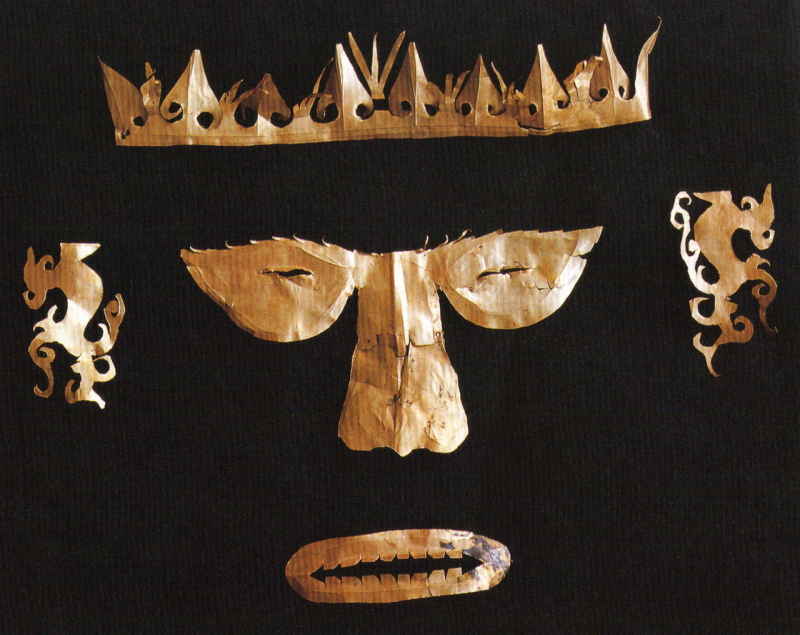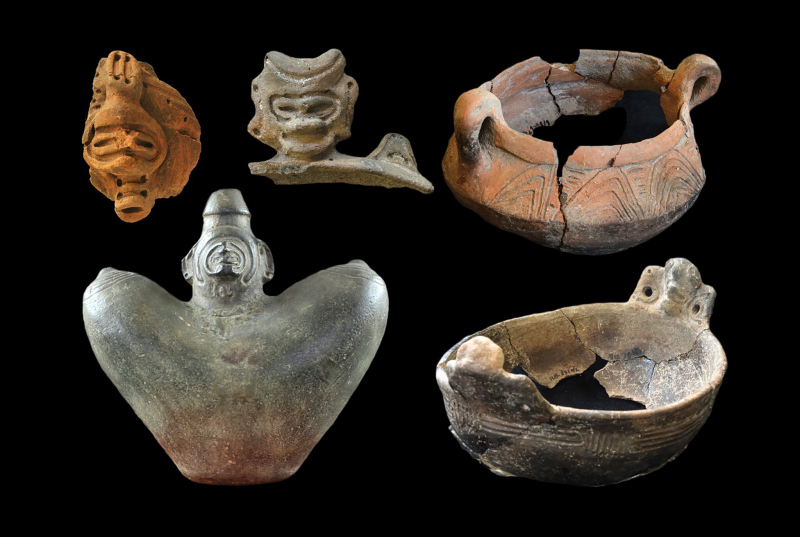The Living History of Colombian Art

Colombian art offers a new perspective on and knowledge of the country's history. Pottery is archaeological evidence indicating ceramics were manufactured on Colombia's Caribbean coast before anywhere else in the Americas except the lower Amazon Basin. By 3100 BC, fiber-tempered pottery connected with shell middens was discovered at sites such as Puerto Hormiga, Mons, Puerto Chacho, and San Jacinto. The Piartal culture (750-1250 AD) established unique methods of making pottery as well as patterns inspired by animal or snake skin in the mountainous region on the Colombia-Ecuador border.
The Tumaco people of the Pacific coast are credited with the first specimens of gold artistry, which date back to roughly 325 BCE. During the 16th century, gold would play a critical part in drawing the Spanish to the territory now known as Colombia. The Poporo Quimbaya, a small, hollow, devotional object made of gold, is one of the most valuable Pre-Columbian goldwork artifacts. Its aesthetic harmony, simple grace, and mathematical symmetry are remarkable and almost modern. The Museo del Oro in Bogotá houses the world's most important collection of pre-Columbian gold handicrafts.
The San Agustin Civilization, masters of stonecutting, entered its "classical era" between 200 BCE and 800 CE. They used stone to build raised ritual centers, sarcophagi, and massive stone monoliths showing human and zoomorphic shapes. Some of these have reached five meters in height. The residents of Tierradentro erected nearly 150 underground graves or hypogea; their walls and ceilings were elaborately painted with geometric designs reminiscent of the inside of palm huts. Funeral urns, bowls, and pitchers were also discovered in the tombs.
From the sixteenth through the eighteenth century, Colombian Sculpture was primarily committed to religious images of ecclesiastic art, heavily influenced by Spanish schools of sacred sculpture. During the early years of the Colombian republic, national artists concentrated on creating sculptural portraits of leaders and prominent personalities in a neoclassical style. Throughout the twentieth century, Colombian sculpture began to generate daring and inventive work in order to achieve a greater understanding of national sensitivity.











